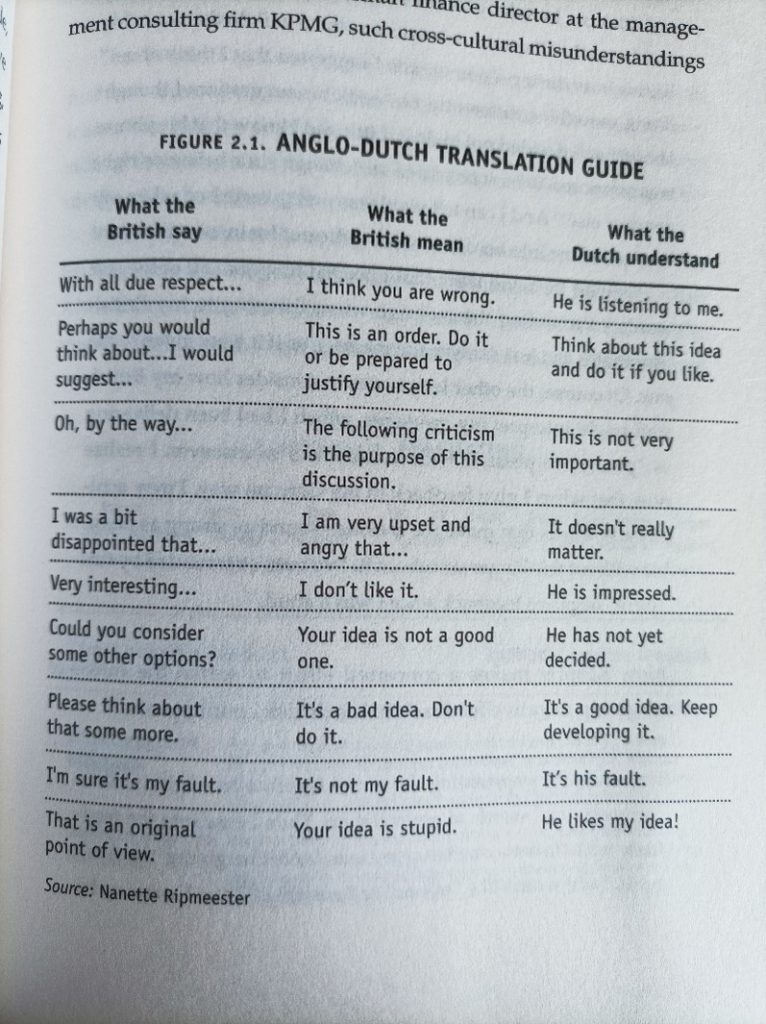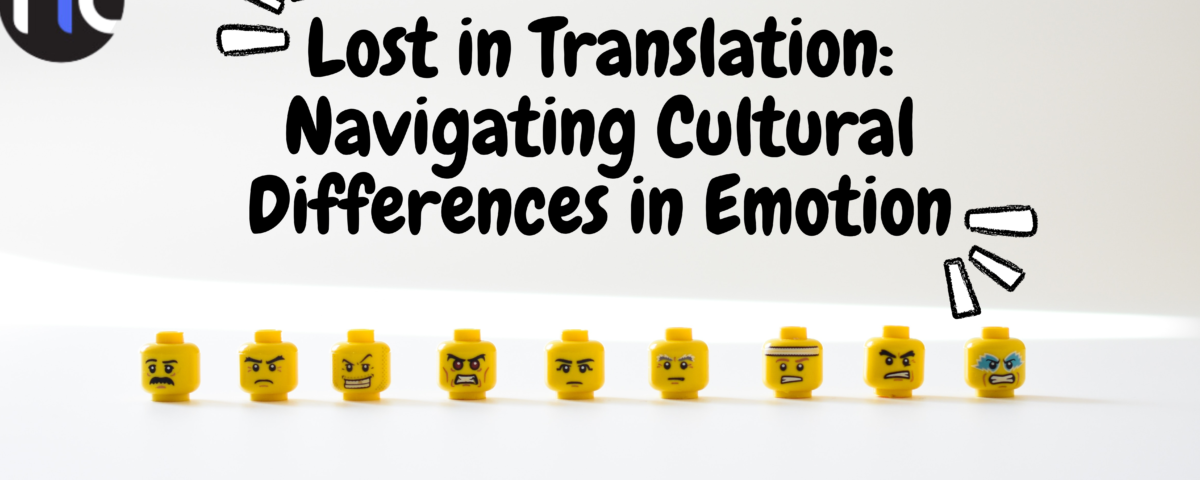During a recent trip to Greece with my friends, we stumbled upon a delightful cultural experience that left us pleasantly surprised. Everywhere we went, be it a restaurant or a bar, we found ourselves engaged in lively conversations and laughter with the workers and fellow customers. As a British person, this was both enjoyable and bewildering, as it deviated significantly from the more reserved interactions I was accustomed to back home.
In Greece, these encounters felt like meeting old friends, despite our brief acquaintance. The warm and casual nature of these exchanges added an extra layer of enjoyment to our holiday experience. It made me pause and reflect on the stark contrast between these interactions and the more formal and restrained ones I had grown accustomed to in the UK.
Join me, Molly Love, on this captivating exploration of cultural differences as we delve deeper into the intricacies of human connection. Together, we will unravel the mysteries of how various cultures express emotions, navigate formalities, and ultimately enrich our lives through diverse encounters.
Indeed, the influence of culture on emotions and the level of formality used in different situations can greatly impact interactions, making business transactions and translations challenging. An example of how cultural differences in formality can cause confusion can be observed in dining situations, where service cultures vary significantly, leading to unexpected experiences.
In the United States, servers are known for being talkative and cheerful. This behaviour can be attributed to the tipping culture prevalent in the country, where servers strive to impress customers as tips form a substantial part of their income. It may also be a reflection of the “independent self-construal” cultural perspective in the USA, which places a higher value on individual expression rather than maintaining collective harmony (Lim, 2016). For individuals not accustomed to such emotionally expressive cultural environments, the enthusiastic and lively nature of American servers can be intimidating and unfamiliar.
This stands in contrast to “inter-dependent self-construal” cultures. During my travels in South Korea, I noticed a distinct difference in the food service style compared to Western cultures. While the UK exhibits a less extreme emotional style compared to the US, servers there are generally attentive and friendly. In South Korea, however, the “quickly-quickly” culture (referred to as “빨리 빨리” culture) noticeably affects restaurant service. It is important to note that this does not imply impoliteness on the part of the workers; they are still friendly. However, there is a significant lack of small talk, and it is not uncommon to receive the bill before the food arrives. Unfamiliar individuals might perceive this as cold or unwelcoming, but it stems from Eastern cultures’ tendency to be more reserved with emotions to preserve group harmony (Lim, 2016). The “faster is better” lifestyle in South Korea also translates into quick and concise table service, devoid of flowery language.

Another instance where formality and culture can lead to confusion is when signing off on emails. Some cultures use expressions that may seem overly informal or excessively friendly, while others employ phrases that may appear cold or unkind. For instance, French individuals commonly use “mille baisers,” which translates to “a thousand kisses,” while Arabic writers may sign off with sayings like “accept an abundance of respect and appreciation” (BBC). Direct translations of these phrases can be seen as too intimate for readers in the UK. Conversely, simplifying “kind regards” to “regards” might give the impression that the sender is offended in some way (BBC). These minor differences in formality and culture-based habits can lead to significant communication confusion. Thus, being mindful of the cultural norms of the person you are interacting with can help avoid such issues.
Moreover, British people have a tendency to employ subtle meanings when providing negative feedback or comments. Their communication style is often less explicit compared to other cultures. The British can be described as “downgraders” (Meyer, E. (2015) The Culture Map. United States of America: PublicAffairs.), using subtleties and implicit messaging in their criticisms. The table below illustrates an example of this:

Taking all these factors into account, it becomes evident that culture, formality, and emotions combine to create hidden meanings that are often misunderstood by those unfamiliar with a particular culture. Therefore, when faced with a perplexing interaction or encountering a communication style you are unaccustomed to, remember that it reflects the person’s cultural background and is generally not intended to cause any issues.
Remember, every interaction is an opportunity to learn and grow, to appreciate the beautiful tapestry of cultures that shape our world. Embrace the diversity, celebrate the differences, and let the magic of cultural understanding unfold in your own life.
Safe travels on your cultural journey!
Molly Love
PS: TIL is here to help you


Great blog post Molly,
V